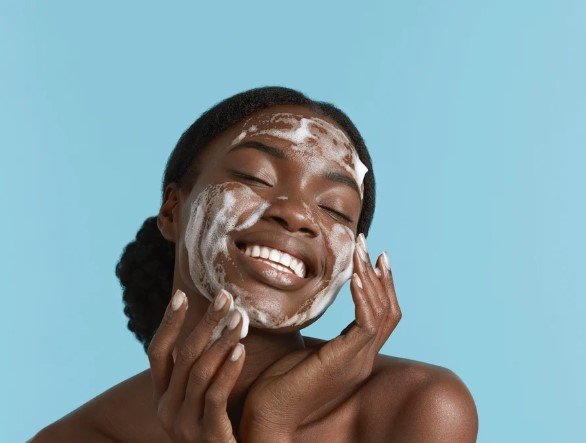Consumer Preferences in Hydrating Ingredients: Trends and Statistics
Summary
- Consumer preferences in hydrating ingredients for skin care are shifting towards natural and organic options.
- Statistics show a growing interest in hyaluronic acid and ceramides as key ingredients in Skincare Products.
- Self-care routines are becoming increasingly popular, leading to a rise in demand for Hydrating skincare products.
Introduction
Skincare is an essential part of daily self-care routines for many people, and the choice of hydrating ingredients in Skincare Products plays a crucial role in achieving healthy and glowing skin. In recent years, consumer preferences in hydrating ingredients for everyday skin care and self-care routines have been evolving. This article will explore the statistical trends of consumer preferences in hydrating ingredients for skincare and how self-care practices are influencing these trends.
Growing Demand for Natural and Organic Ingredients
One of the significant trends in consumer preferences for hydrating ingredients in Skincare Products is the preference for natural and organic options. According to a survey conducted by Mintel, 63% of consumers prefer Skincare Products made with natural ingredients. This shift towards natural ingredients can be attributed to growing concerns about the potential harmful effects of synthetic chemicals on the skin.
Furthermore, the demand for organic Skincare Products is on the rise. A report by Grand View Research found that the global organic personal care market is projected to reach $25.11 billion by 2025, driven by increasing consumer awareness about the benefits of organic ingredients.
Key Hydrating Ingredients in Skincare Products
When it comes to hydrating ingredients in Skincare Products, hyaluronic acid and ceramides are among the most popular choices for consumers. Hyaluronic acid is a powerful hydrating ingredient that can hold up to 1000 times its weight in water, making it an effective moisturizer for all skin types. According to a report by Allied Market Research, the global hyaluronic acid market is expected to reach $772.4 million by 2025, driven by the increasing demand for Skincare Products containing this ingredient.
Ceramides are another key ingredient in Hydrating skincare products. Ceramides help to strengthen the skin's barrier, preventing moisture loss and keeping the skin hydrated and healthy. A study published in the Journal of Drugs in Dermatology found that ceramide-containing products can improve Skin hydration and barrier function, making them a popular choice among consumers.
Rise in Demand for Hydrating skincare Products
Self-care practices have become increasingly popular in recent years, leading to a rise in demand for Hydrating skincare products. A survey by The Harris Poll found that 60% of Americans engage in self-care activities at least once a week, with skincare being a significant component of their self-care routines. This trend has contributed to the growth of the skincare market, with hydration being a key focus for many consumers.
Furthermore, the COVID-19 pandemic has heightened the importance of self-care and skincare, with more people turning to Skincare Products to maintain healthy and glowing skin while staying at home. According to a report by Statista, the global skincare market is projected to reach $190.1 billion by 2026, driven by the increasing demand for hydrating and nourishing Skincare Products.
Conclusion
Consumer preferences in hydrating ingredients for everyday skin care and self-care routines are continuously evolving, with a growing demand for natural and organic options, as well as key ingredients like hyaluronic acid and ceramides. The rise in self-care practices has further fueled the demand for Hydrating skincare products, leading to the growth of the skincare market. As consumers become more conscious of the ingredients in their Skincare Products, manufacturers are likely to respond by offering more innovative and effective hydrating options to meet their needs.

Disclaimer: The content provided on this blog is for informational purposes only, reflecting the personal opinions and insights of the author(s) on the topics. The information provided should not be used for diagnosing or treating a health problem or disease, and those seeking personal medical advice should consult with a licensed physician. Always seek the advice of your doctor or other qualified health provider regarding a medical condition. Never disregard professional medical advice or delay in seeking it because of something you have read on this website. If you think you may have a medical emergency, call 911 or go to the nearest emergency room immediately. No physician-patient relationship is created by this web site or its use. No contributors to this web site make any representations, express or implied, with respect to the information provided herein or to its use. While we strive to share accurate and up-to-date information, we cannot guarantee the completeness, reliability, or accuracy of the content. The blog may also include links to external websites and resources for the convenience of our readers. Please note that linking to other sites does not imply endorsement of their content, practices, or services by us. Readers should use their discretion and judgment while exploring any external links and resources mentioned on this blog. Content in this blog is copyright protected, please do not repost or embed content without prior written permission.